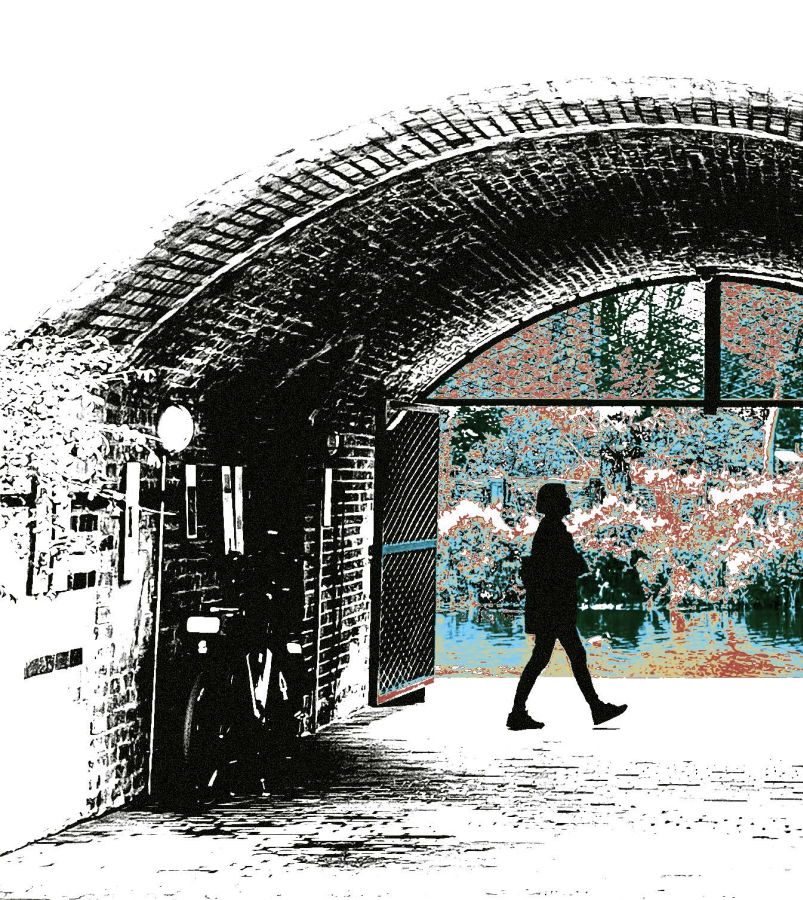Architectural Humanities opens in term 1 with Thinking Through Drawing, where the tools of architectural thinking and practice are taken seriously. The students learn about influential and important drawings from architecture’s history alongside a series of practical exercises inviting them to understand through drawing. Each convention of drawing embodies a theory or concept of the world, and understanding this allows them to select the right tool for the job in their design work.
We developed Humanities 1 by discussing architectural history, which parallels Thinking Through Drawing. The central aim of the course is to help students develop critical perspectives on how to evaluate a work in architecture. The lectures illustrate how to situate architectural thought and production in a historical and socio-political context, exploring the emergence of different architectural trends and movements in relation to key economic, political, technological, and theoretical shifts occurring throughout the 18th, 19th, and 20th centuries and beyond. Drawing on post-colonial approaches, the course aims to provide students with the tools to analyse architectural production and interventions in space beyond aesthetic formalisms. Understanding architecture beyond pure aesthetics stands at the core of a socially informed approach to practice, building the foundations for the architecture student to become a reflexive practitioner. The question, ‘Why does architecture look/function in specific ways, and how can we evaluate it?’ ties together concerns of social, economic, and political nature; in geographically local and global contexts. It stands at the basis of an architecture that intervenes in an informed and concerned manner, namely by taking into account the dimensions of its context with all its relevant parameters and carries the potential to critically assess and transform existing mechanisms of production and inhabitation.


